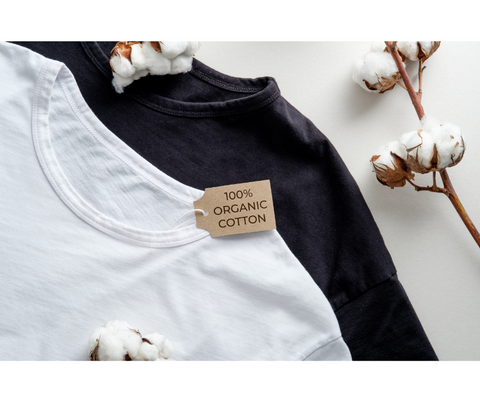In a world increasingly concerned with the impact of human activities on the planet, the fashion industry finds itself at a crossroads. The allure of fast fashion, with its endless cycle of disposable trends and low prices, is undeniable. Yet, its environmental and social toll paints a starkly different picture—one of waste, pollution, and exploitation. As awareness grows, so does the call for sustainable fashion, a movement aiming not just to reduce harm but to create a positive impact. But what does sustainability in fashion truly entail, beyond the marketing hype and greenwashed brands?
The Cost of Fast Fashion
Fast fashion's environmental footprint is staggering. The industry is one of the world’s largest consumers of water, and its production processes pollute rivers and streams with toxic chemicals. Textile waste is another colossal issue, with millions of tons of clothing ending up in landfills each year, where synthetic fibres can take hundreds of years to decompose.
Socially, the cost is equally dire. Fast fashion relies heavily on cheap labour, often in countries with lax labour laws, leading to exploitation, unsafe working conditions, and pitiful wages. The collapse of the Rana Plaza factory in Bangladesh in 2013, which killed over 1,000 garment workers, is a tragic example of the industry's disregard for worker safety.

The Rise of Sustainable Fashion
Sustainable fashion represents a diverse and growing movement towards mitigating the negative impacts of clothing production and consumption. This includes everything from designing garments that are timeless and durable, to employing production processes that are less harmful to the environment, to ensuring fair treatment and equitable pay for workers. It's about creating a system that can be sustained environmentally and socio-economically.
Sustainable Materials and Practices
A key aspect of sustainable fashion is the use of environmentally friendly materials. Organic cotton, recycled polyester, and Tencel (a biodegradable fabric made from wood pulp) are just a few examples. These materials significantly reduce the environmental footprint of clothing by cutting down on pesticide use, reducing water consumption, and repurposing waste.
Innovative practices are also making waves. Zero-waste design, which involves creating clothing patterns that leave no fabric scraps behind, is one approach. Another is the closed-loop system, where clothes at the end of their life are recycled back into new fibres to create new garments, drastically reducing waste.

Spotlight on Sustainable Brands
Many brands are leading the way in sustainable fashion. Patagonia, known for its environmental activism, uses recycled materials and organic cotton in many of its products and encourages customers to repair and recycle their gear. Stella McCartney is a luxury brand committed to sustainability, avoiding leather and fur and utilizing innovative eco-friendly materials.
Smaller brands are also making an impact. People Tree has been a pioneer in fair trade fashion, working closely with artisans around the world to produce stylish, ethical clothing. Another noteworthy brand is Reformation, which creates trendy pieces from vintage and sustainable materials, proving that fashion-forward and eco-conscious design can go hand in hand.

Beyond the Hype
For sustainable fashion to move beyond the hype, consumers play a crucial role. By choosing quality over quantity, supporting ethical brands, and adopting a more mindful approach to consumption, we can all contribute to a more sustainable fashion industry. The journey towards sustainability is complex and ongoing, but with each step, we move closer to a future where fashion respects both people and the planet.
In conclusion, sustainable fashion is more than just a trend; it's a necessary shift towards a more responsible and aware approach to clothing. It challenges the status quo, requiring a collective effort from designers, brands, and consumers alike. As we become more conscious of the true cost of our fashion choices, we pave the way for a more sustainable world, one garment at a time.

